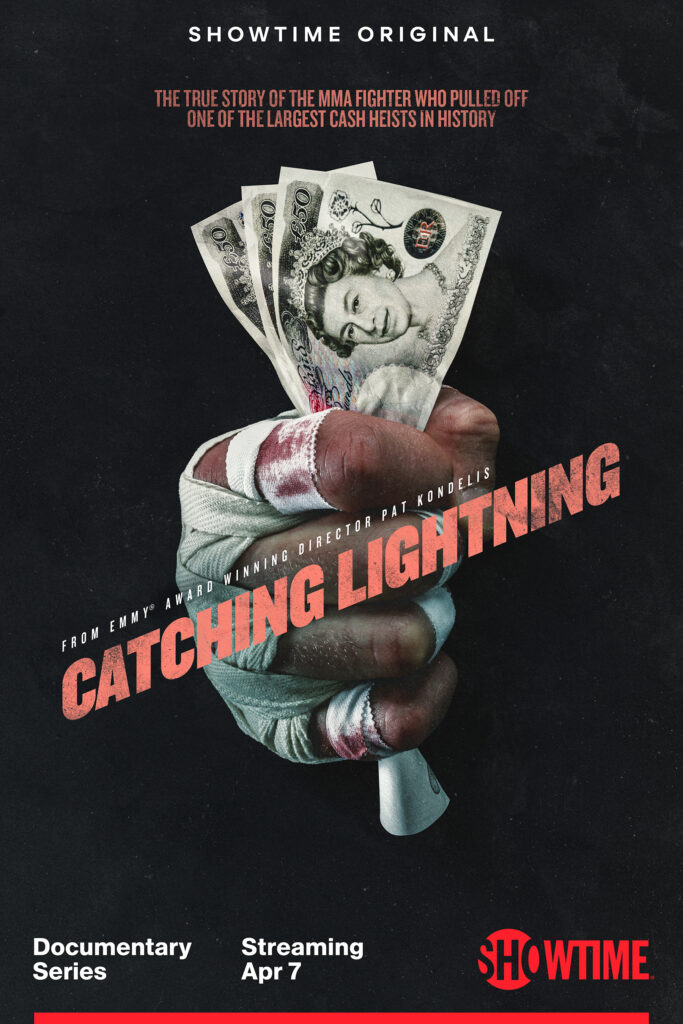
To my amusement I’ve discovered in just a few short days that it’s common to think you’ve arrived at one of the city’s famous markets – and trust me, there are dozens of them – only to discover in short order that you’ve come up along the fringe. Today’s example: the jade market. After wandering a few streets scattered with merchants selling all sorts of jade objet in the Yau Mae Tei neighborhood, I figured I had visited what was an overhyped version of New York’s diamond district. Then I noticed a covered compound literally just across the street from where I was standing. It had a large sign out front that read Jade Market. Duh. (And not for the last time, might I add.) Inside were hundreds of stalls – plus an annex out the back and across a parallel street – selling jade trinkets, jewelry and tchotchkes of all kinds. This was a proper market – virtually a commodities exchange. Karen, above, a vendor, even took the time to teach me the difference between real semi precious jade and the various knockoff varieties of jade-colored glass and nephrite which are often passed off as the real thing. For one, true jade has a weight to it. Another good test is to lightly ding two pieces together: they should produce a clear high-pitched ring and not a metallic clang. In the history of Imperial Chinese art jade was comparable to gold and diamonds, used for the finest objects and furnishings. The rise of a moneyed middle class in China as of late has given the formerly flat market for many shades of jade a serious boost. For example, the creamy white jade known as “mutton fat” has seen a tenfold increase in value over the past decade. If you’ve never taken much notice of the gemstone this market is certainly a good place to gain an appreciation. Just be wary – especially if you’re thinking of spending substantially on something that can’t be authenticated. Inexpensive souvenirs are a safer bet – the only expertise you’ll need involves haggling.











